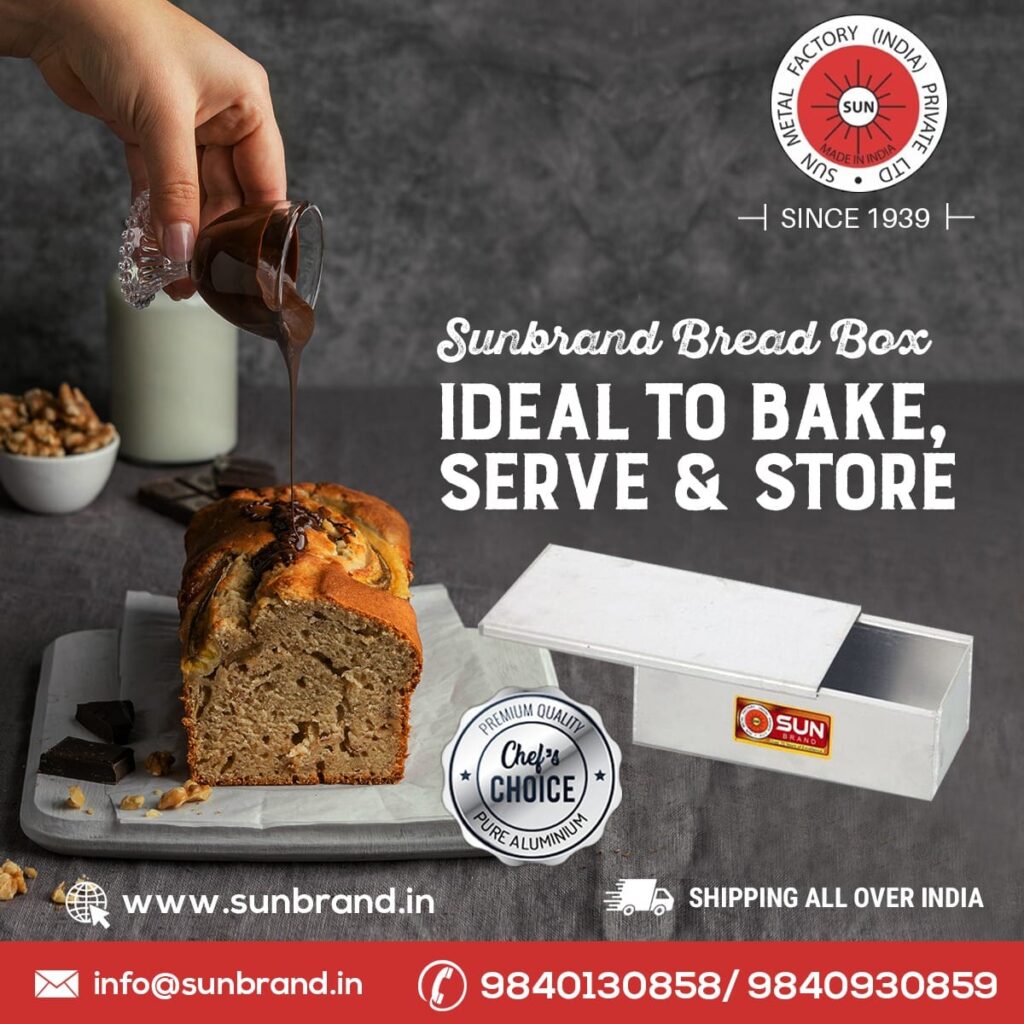You might be wondering how the quality of the bread you make can be affected by a bread pan. A qualified baker will be able to tell you how one loaf pan differs from another. Whether you’re a bread addict or just enjoy a tasty sandwich, there’s no excuse not to invest in a good bread pan. However, before you invest, you should know what a decent quality bread pan looks like.
It’s possible that you’ll be able to inspect a load pan as well as the biggest of them. We’ve put together a guide that covers five of the most important qualities to look for in the ideal commercial loaf pan.
What to think about when buying a bread pan?
- Material
Aluminum is the greatest material for bread pans because of its superior heat conduction and retention properties. They’re available with or without a nonstick coating, and we prefer the former whenever possible. If you’ve ever had trouble getting banana bread out of the pan, you know how quickly things can go awry if the loaf sticks to the pan. You can prevent this fate even if you’re using an unfinished metal pan by properly lubricating it so it doesn’t stick.
If you want your loaves to be crusty, cast iron bread pans are the way to go. Cast iron bread pans, on the other hand, are overly heavy and must be seasoned on a regular basis to keep their capacity to release baked items quickly and prevent rusting.
Ceramic loaf pans, like cast iron loaf pans, can produce crusty loaves. However, if you grease the pans too much, the batter will stick to the bottom. It may be washed in the dishwasher and will not deteriorate with time. Glass bread pans, like aluminum loaf pans, are dishwasher safe but do not conduct heat well. As a result, the temperature must be raised in order for the batter to cook.
2. Angles
Right-angle corners look more professional than round edges because they make it easier to release the loaf. Metal pans have sharper corners, whereas glass, ceramic, and cast iron pans have rounded corners. The baker can use whichever type of loaf pan he or she wants. After all, each baker’s bread has a unique shape and outcome.
3. Heat Transfer
When compared to glass and cast iron bread pans, aluminum and stainless steel bread pans transmit heat quite well. Glass bread pans help to keep the heat in. Bread pans composed of dark metals conduct more heat than lighter bread pans, resulting in darker crust loaves.
4. Size
Did you know that the size of your bread pan has an impact on the appearance and flavor of your bread? When picking and substituting pans, keep in mind that even minor changes in size might result in considerable volume differences. The best way to determine the true volume of a pan is to fill it with water and then pour it into a liquid measuring cup.
The standard loaf pan sizes are 9-inches by 5-inches and 8.5-inches by 4.5-inches. A taller, dome-like rise is more likely with a smaller pan. However, a pan filled to capacity should be roughly 2/3 full with batter as a general rule.
5. Versatility
Some bread pans feature lids and sections and can be used for a variety of purposes other than baking bread. SunBrand aluminum loaf pans with lid/shutter can come in handy if you want to make a big number of loaves and then freeze them for later use.
When it comes to picking a decent quality bread pan, a rectangular bread pan with a deep wall and lid/shutter is always a baker’s option. SunBrand aluminum loaf pans with lid/shutter and divisions are composed of aluminum and come with or without a non-stick coating. Every time you bake using SunBrand aluminum loaf pans, you’ll get a semi-crisp crust with an evenly textured crumb.

